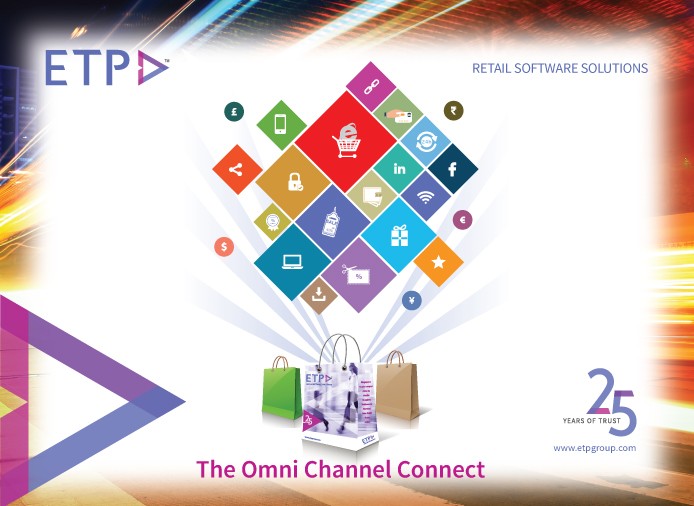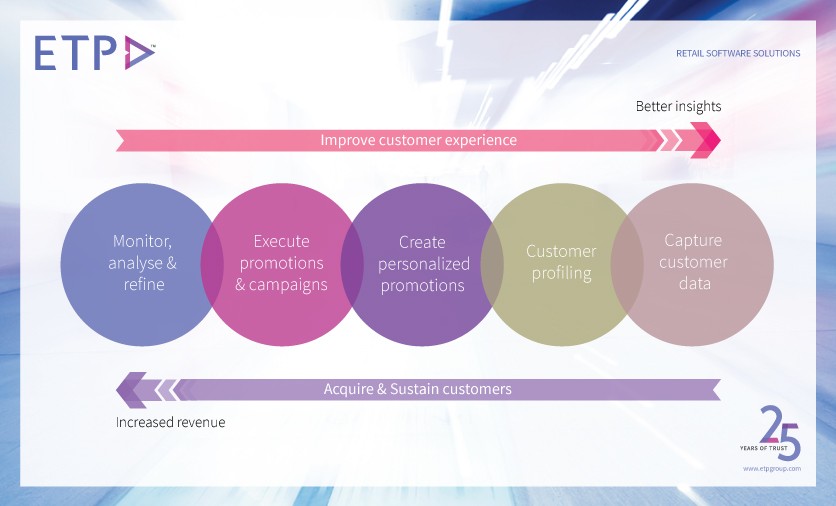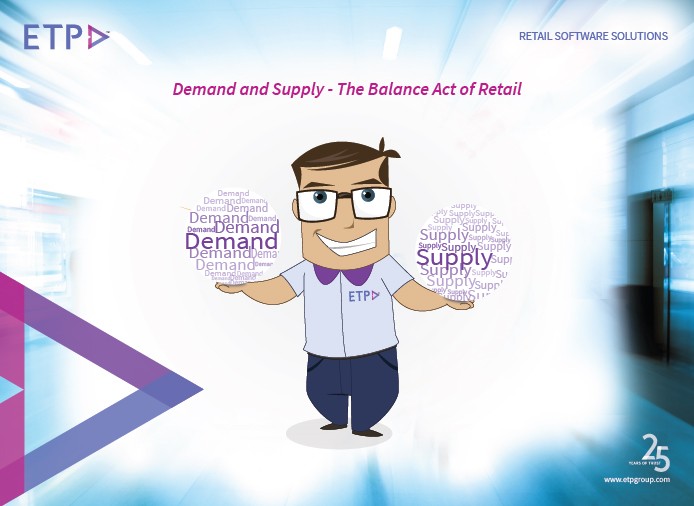
I am writing this as a father, husband and retail industry professional. Today, people are connected through several different mediums and channels and businesses are no different. The lines between personal and business connections are blurred and sometimes even non-existent.
Social media is the new super power of buying and selling. If I want to know about a product, I go online and in most cases use the social media portals. I don’t just want to know what my friends think about a product, I want to know what the world thinks! The more information I can get my hands on, the more informed choice I can make. I want to walk into a store, pay for my product and walk out. I can do all of this today because of social media.
Consider these facts from Internet Retailer’s Newly Released 2015 Social Media 500
The top 500 online merchants –
- boosted their collective number of Facebook Likes 33% in 2014 to 915.7 million
- grew their Twitter followings 26% to 88.6 million
- increased their Pinterestfollowers 16% to 34.7 million
- 78% more video views on YouTube for a total of 3.89 billion
Mobile technologies enable retailers to offer in-store discounts to shoppers who are checking prices online while at the store. Customers expect stores to have apps that help with aisle navigation, product location within the store and quick product pick-up. Video chats on smartphones in brick-and-mortar stores enable shoppers to have a live chat with product experts and not have to wait for a shop assistant to become available. Free in-store Wi-Fi encourages this updated shopping experience. The ongoing convergence of the in-store and online shopping experiences continue to present both a challenge and an opportunity for retailers. When it comes to embracing social selling, those with the right technologies in place to meet and even exceed the customers’ growing expectations are sure to be rewarded for their efforts.
The question is, what can the retailer do to make me come to them and purchase a product?
They could make my choice easy. I want to be proactively informed about new products which are linked to e-commerce and m-commerce channels. These mediums need to be user-friendly and should have my profile saved with the option to secure and save my payment options for quick checkouts. Remember my kids’ birthdays and remind me about Valentine’s Day. Know what I bought last time and recommend something new, based on my buying history and feedback. If I feel the offerings are curated as per my taste and desires, I am sure to come back for more.
Lastly, service with a smile and with value-driven choice.







